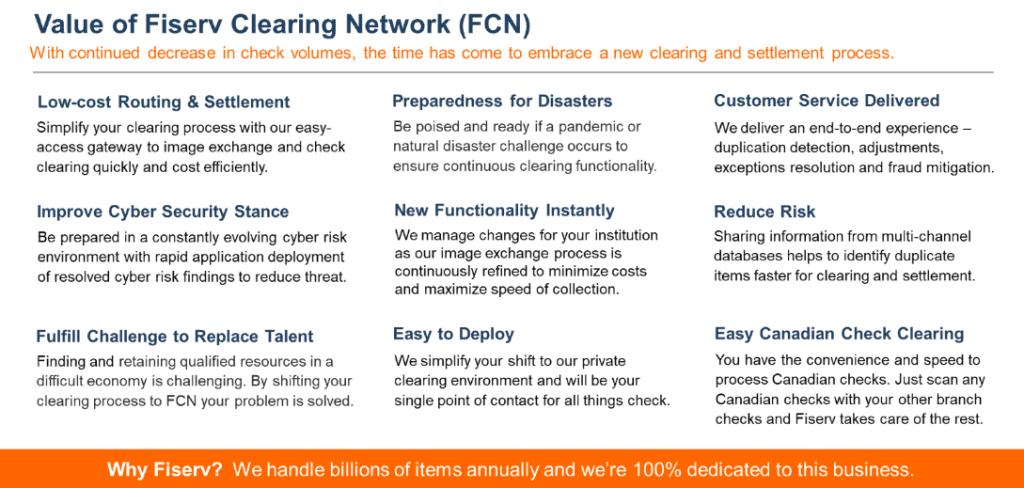Understanding Refund Anticipation Loans: A Comprehensive Guide to Fast Tax Refunds
Guide or Summary:What are Refund Anticipation Loans?How Refund Anticipation Loans WorkBenefits of Refund Anticipation LoansPotential Drawbacks of Refund Ant……
Guide or Summary:
- What are Refund Anticipation Loans?
- How Refund Anticipation Loans Work
- Benefits of Refund Anticipation Loans
- Potential Drawbacks of Refund Anticipation Loans
- Alternatives to Refund Anticipation Loans
- Conclusion: Making an Informed Decision
#### Introduction to Refund Anticipation Loans
What are Refund Anticipation Loans?
Refund Anticipation Loans (RALs) are short-term loans offered by tax preparation services that allow individuals to access their expected tax refunds quickly. These loans are designed to provide immediate cash flow to taxpayers who want to receive their refunds faster than the typical processing time from the IRS. While RALs can be appealing for those in need of quick cash, it’s important to understand how they work, their benefits, and the potential drawbacks.

How Refund Anticipation Loans Work
When you apply for a Refund Anticipation Loan, the tax preparation service will estimate your tax refund based on the information you provide. If approved, you can receive a portion of your expected refund as a loan, usually within a day or two. Once the IRS processes your tax return and issues your refund, the tax preparation service will deduct the loan amount, plus any fees or interest, from your refund before transferring the remaining balance to you.
Benefits of Refund Anticipation Loans
One of the main advantages of Refund Anticipation Loans is the speed at which you can access your funds. For individuals facing urgent financial needs, such as medical bills or unexpected expenses, RALs can provide a quick solution. Additionally, RALs may be easier to qualify for than traditional loans, as they are based on your expected tax refund rather than your credit score.

Potential Drawbacks of Refund Anticipation Loans
Despite the benefits, there are significant drawbacks to consider. The fees associated with Refund Anticipation Loans can be high, often reducing the overall amount of your tax refund. Additionally, if your tax refund is delayed for any reason, you may still be responsible for repaying the loan, which can lead to financial strain. It’s crucial to carefully review the terms and conditions before deciding to take out a RAL.
Alternatives to Refund Anticipation Loans
If you’re considering a Refund Anticipation Loan but are concerned about the fees and potential risks, there are alternatives to explore. For instance, you might consider waiting for your tax refund to arrive, as the IRS typically processes returns within 21 days for electronic filings. Another option is to apply for a personal loan from a bank or credit union, which may offer more favorable terms and lower interest rates.

Conclusion: Making an Informed Decision
In summary, Refund Anticipation Loans can provide quick access to cash for individuals awaiting their tax refunds. However, it’s essential to weigh the benefits against the potential costs and risks. By understanding how RALs work and exploring alternative options, you can make an informed decision that best suits your financial situation. Always consider consulting with a financial advisor or tax professional before proceeding with a Refund Anticipation Loan to ensure it aligns with your long-term financial goals.